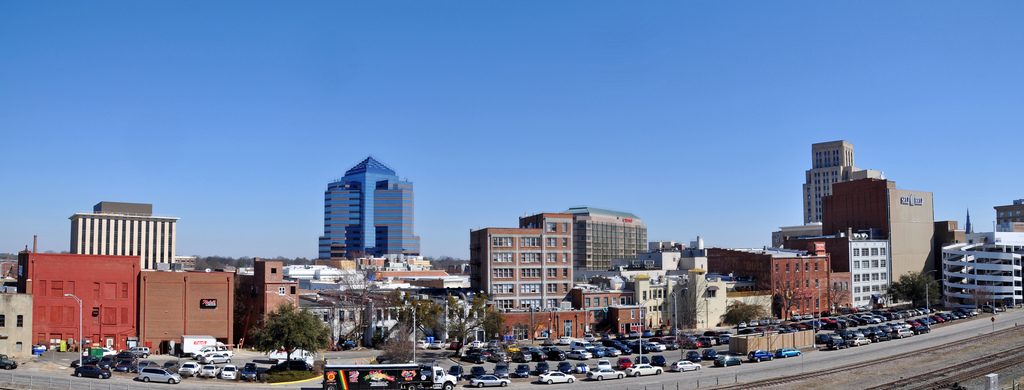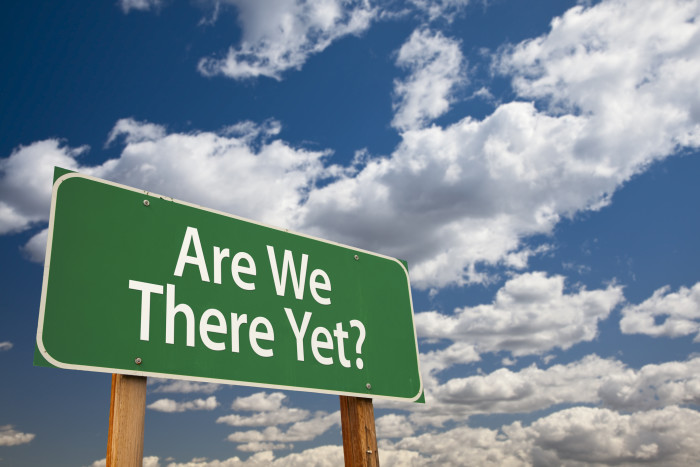
Well I have been thinking long and hard about what I wanted to talk to you about concerning community participating in the budgeting process. I must explain the current budgeting process here in Durham. We have what is called Coffee with City Council with all five PACs (Partners Against Crime) districts. PACs are supposed to be the groups that represent the different neighborhoods. There is also Council meetings with other groups, and finally we have two open public hearings in April and June. I think we have more than enough community input, but what I think is the problem is that City Council and city staff don’t often value the citizen input and therefore the recommendations aren’t funded. While there are open meetings and a transparent process, it feels more like staff “checking the box” of doing things. It is not effective for particular neighborhoods. City Council does fund great things for high income communities and businesses in certain areas but allow low income communities to get worse. In turn, businesses in those low income areas are denied resources to help grow their businesses. Continue Reading

